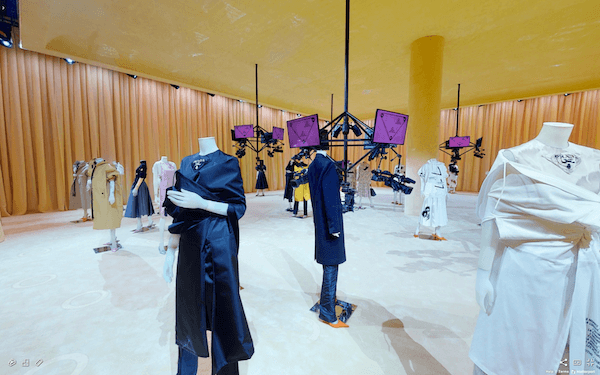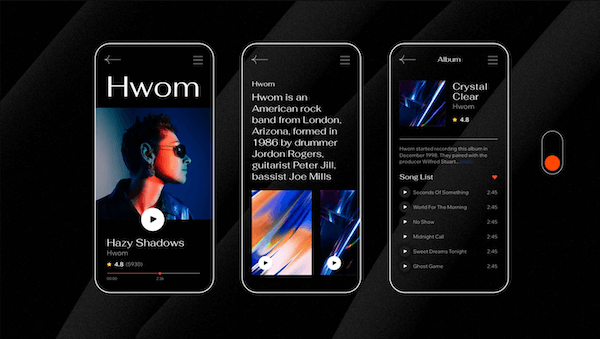Ah, the ebb and flow of trends…resurfacing just as quickly as they faded away (just look at the recent mom jeans comeback). But not all trends have that “been there, done that” history. Changes in technology, current events, and people’s day-to-day needs can have a major effect on what’s trending, introducing brand new trends and unexpected riffs on old classics—especially in the world of design.
Here are five trends that we see making an impact this year:
1. Embracing Diversity & Socially Conscious Design
Socially conscious design isn’t new—it first emerged in the 1960s as citizens criticized elitist attitudes among design professionals and looked to move away from designs that didn’t account for the needs of all people or those that disregarded negative environmental consequences.
In 2021, this awareness and responsibility are still very apropos. As 99 Designs by VistaPrint writes, “At the dawn of a new decade, it seems fitting that 2020 was the year the world understood how much it needed to change. From healthcare to environmentalism to Black Lives Matter to pandemic preparedness, 2020 laid bare the many challenges to come.”
But here’s the thing. Once we are aware of those challenges, it gives us a chance to address them. So, for instance, the problems of 2020 could actually be a turning point…if we all do our part. Here’s an example of how that might look: One positive trend that we’ve seen as a result of the increased focus on social, political, and environmental issues across the world in 2020 is increased diversity and representation in design. We predict—and hope—that this will continue throughout 2021 and beyond.
3D illustrator and Envato Elements author Amrit Pal Singh is an advocate for increased diversity in design, making a point to focus on individuality and representation in his work. “Illustrations and character design over the years have really established wrong standards of beauty and importance,” says Amrit. “Almond eyes, fair skin, and particular body types; we have grown up watching cartoons that establish these biases. As creators and artists, it’s our duty to fix that. We need to consciously think about representation at every stage. I’m always trying to make my work more diverse and inclusive.”
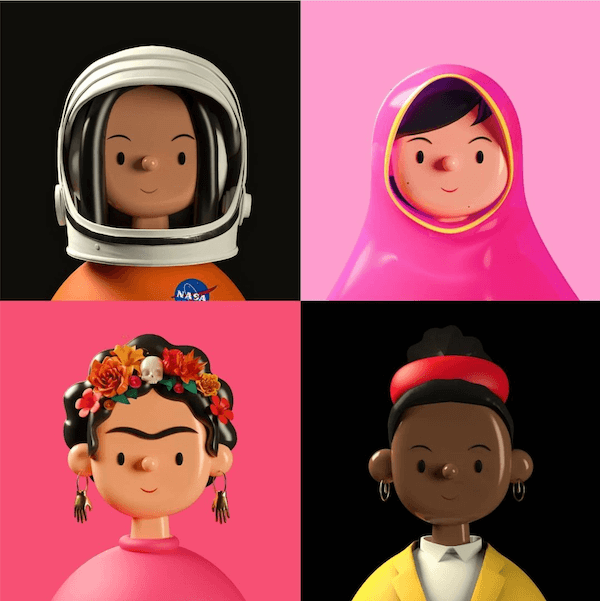
3D illustrations by Amrit Pal Singh (via Instagram)
Envato Elements digital designer Camilla Anderson explains, “Designers and marketers have such a huge opportunity to help change perception by influencing the images we see in our everyday lives, especially when it comes to diversity, body positivity, gender stereotypes, and the LGBTIQ+ community. By making a considered effort to show a wide and diverse range of people in the content we put out into the world, we help to normalize this representation and challenge perceptions.”
2. Finding Method in Madness: Organized Chaos
The organized chaos design trend is about doing just that: combining the chaos of anti-design with the organized structure of minimalism, and finding method in the madness. While brutalism and anti-design are still current, we predict that designers will leave the brutal ugliness behind and take elements of these chaotic styles—such as asymmetrical layouts, collage, layering and experimental typography—and integrate them with simpler styles, such as minimalism, white space, and monochromatic color palettes. And we’re always on board with keeping things simple and letting the design shine.
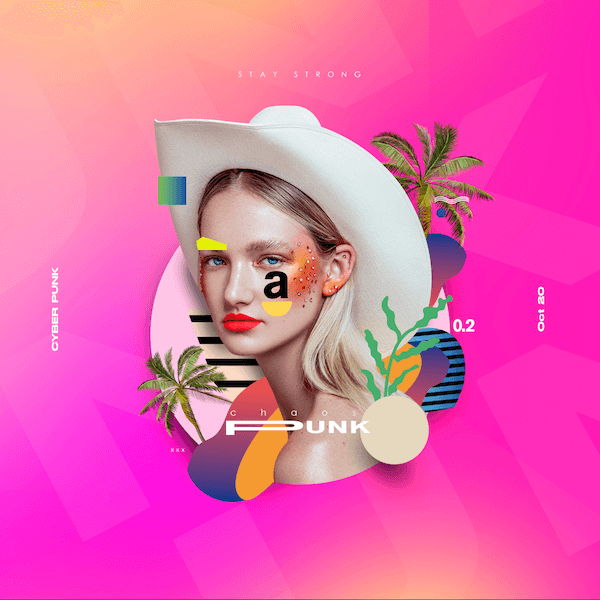
Cyber punk collage by Henry Flores (via Behance)
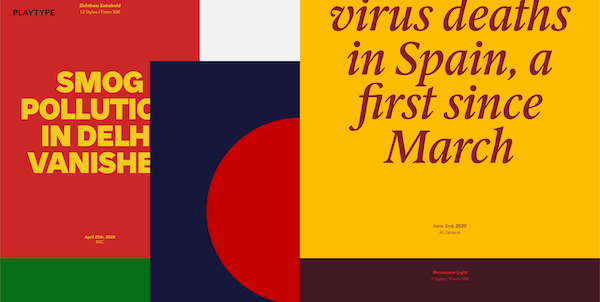
Website design by Playtype Type Foundry
3. Life on Screen: Immersive Digital Experiences
According to Editor X, in 2021, the screen will surpass our real-world expectations by providing stimulating, immersive experiences that help make up for what we’re missing in real life (and they’ll likely stick around post-pandemic). Robust platforms will blur the boundaries between real and virtual by creating practical experiences—like attending a concert or lecture—that are spatial and rich with elaborate visual effects.
Here are a few excellent examples:
- The Prada SS 2021 Womenswear Show took place online, without a live audience. The video pulls viewers in with its intimate, tactile physical environment; dark, mechanical soundtrack; and direct eye contact from the women modeling. Paired with complementary materials, such as a 3D virtual reality experience, the show delivers a truly evocative experience, as if viewers were attending the show in person.
- The research and development team at The New York Times uses visual journalism to fully reconstruct spaces in 3D using a technique called environmental photogrammetry. Readers can explore an entire space as if they were there, even zooming in on specific objects and details.
- Designed by Arthur de Almeida, this interactive website teaches photography for beginners. We love the playful interactive elements, vibrant colors, and clean design.
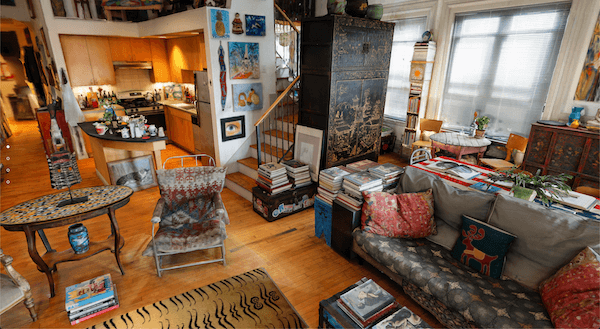
Environmental photogrammetry technology (via the New York Times)
4. Your UI, by You: Customizable Interfaces
HubSpot predicts that this year, designers will focus on creating modular and modifiable assets and interfaces that take into account different types of users and how UI options can meet their individual needs. The result? Interfaces that are singular to each user, reflecting their taste, style, and identity, and that offer a more personalized experience. And it’s no news that people love being able to customize their devices using options like dark mode or color themes like those available via Facebook and Instagram instant messaging.
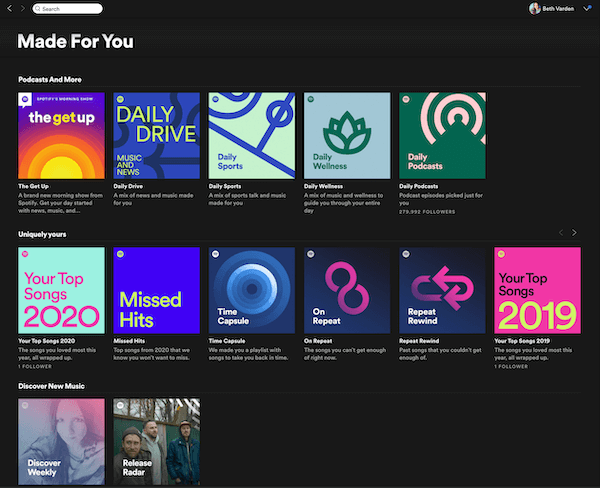
2020 Year-End Roundups and other user-specific curated content by Spotify
Customizable interfaces will also lead to more inclusive design, since users can tweak interfaces to match their unique needs, from enlarging typefaces to choosing a high-contrast palette for better legibility.
5. Going Back to the Future: Retro-Futurism
This year, we’ve seen an inclination toward optimistic design (and understandably so—we could all use a little positivity!). Retro-futurism refers to designs that take symbols and approaches from the past and present them “mashed up with elements of the imagined future.” These modern-day aesthetics combine futuristic technology and old-fashioned design, giving them a unique appeal to a wide variety of people.
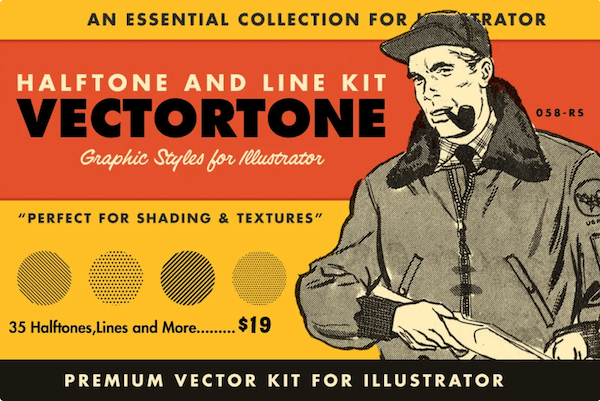
Retro halftone brushes by RetroSupply Co (via Creative Market)
As HubSpot points out, “Think NASA’s worm logo and ‘space-age’ designs. These forms originated in the forward-looking decades around the first moon landing. This type of design manages to feel both new and familiar at the same time. It reinforces humanity’s confidence in the potential of technology and interstellar flight.”
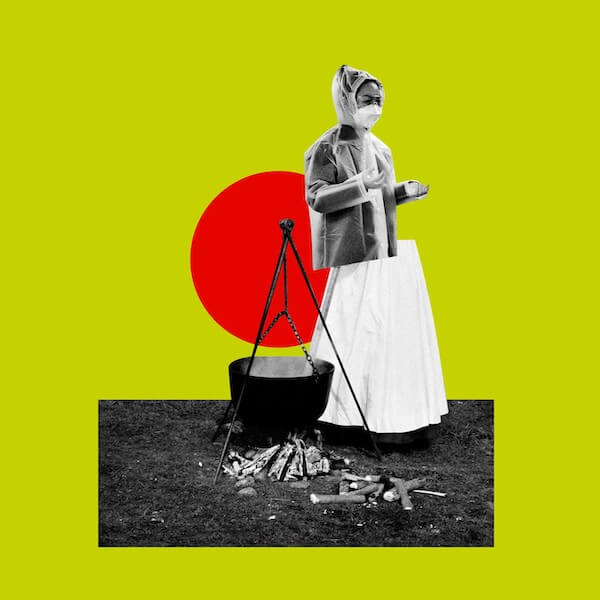
“We’re Living in the Retro-Future” article by Ashley Fetters (via The Atlantic). Full image attribution: NBC / Kevin Frayer / Getty / Katie Martin / The Atlantic
And as we forge ahead in 2021, we can’t help but welcome a bit of optimistic, future-forward design…with a sprinkle of good old-fashioned nostalgia.
